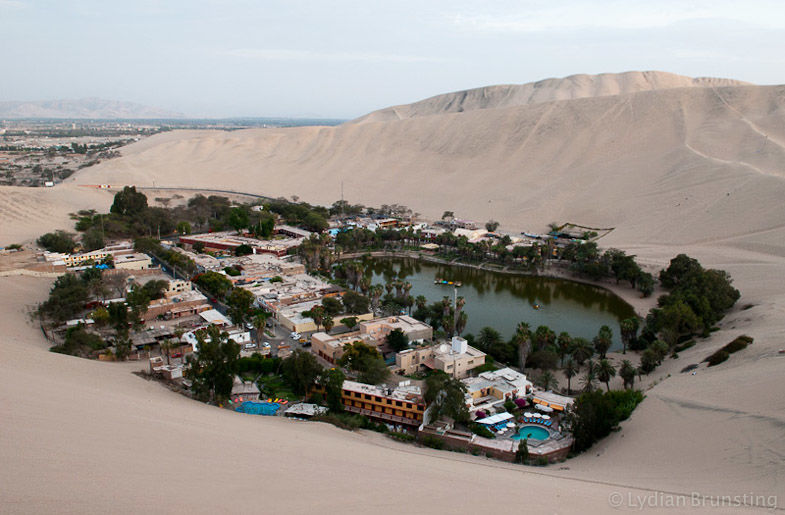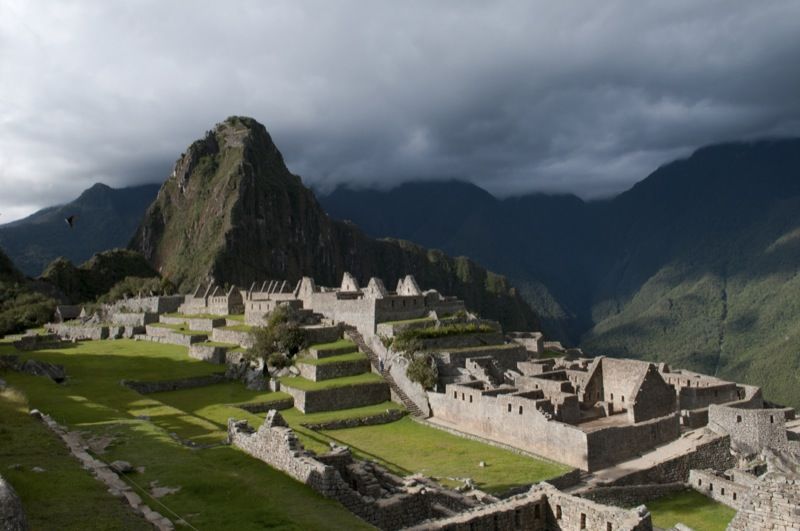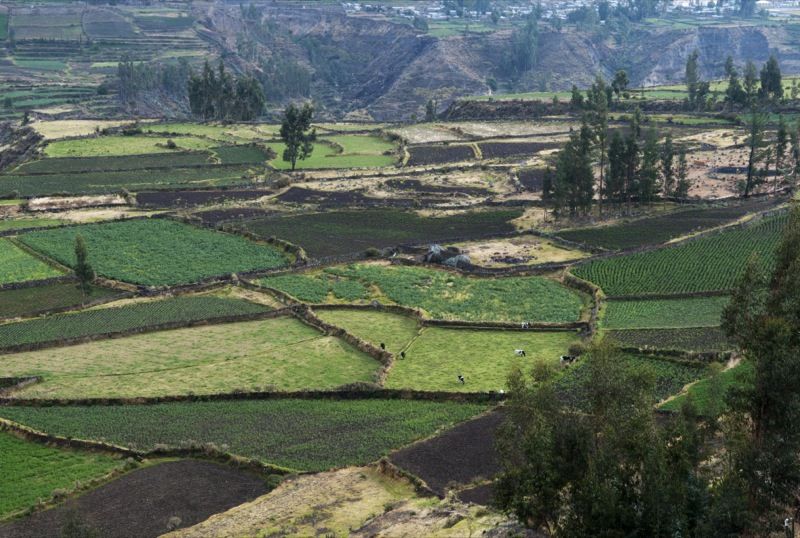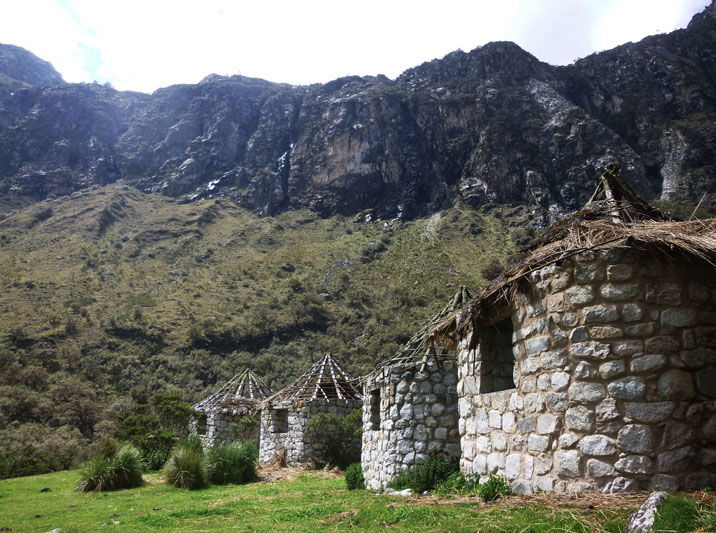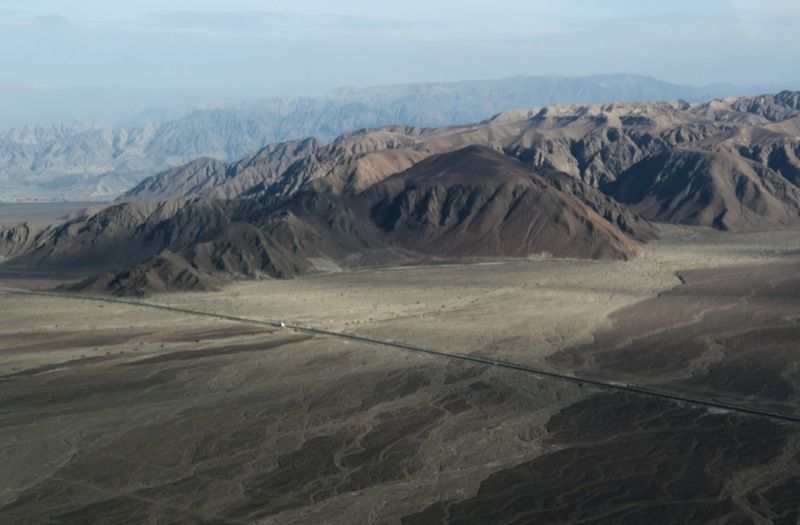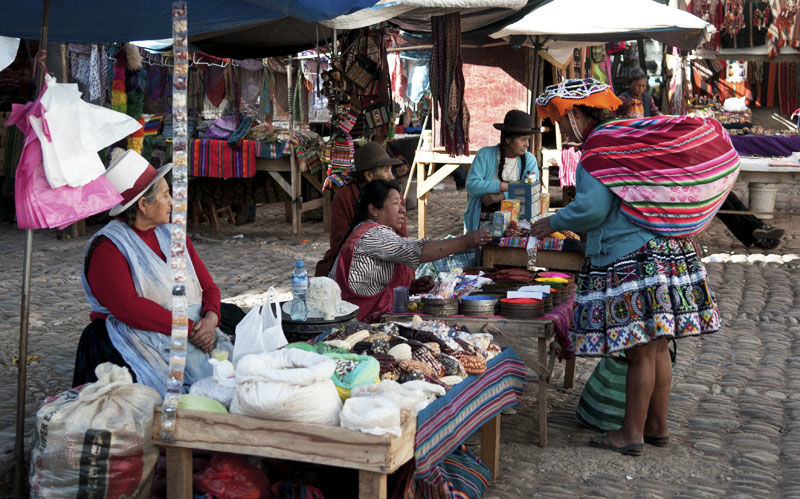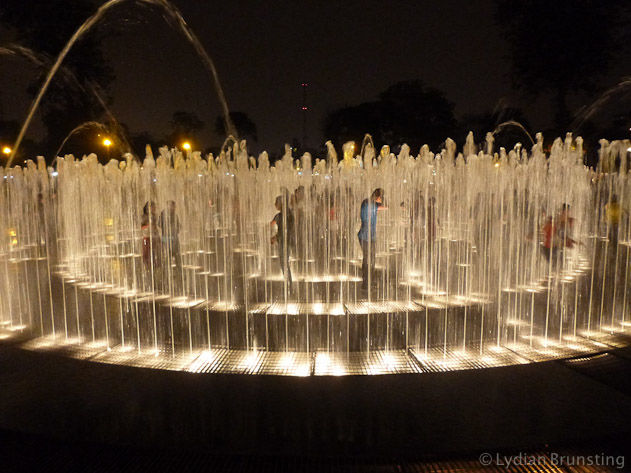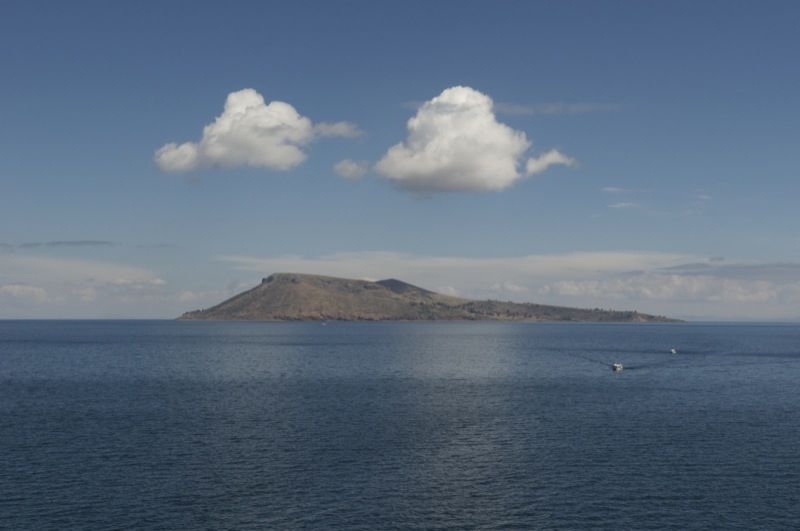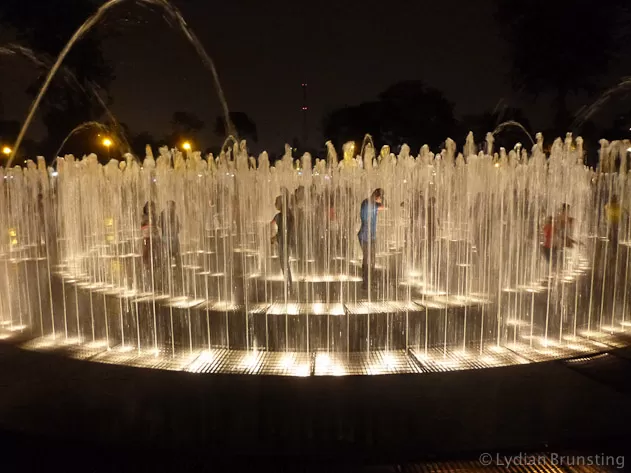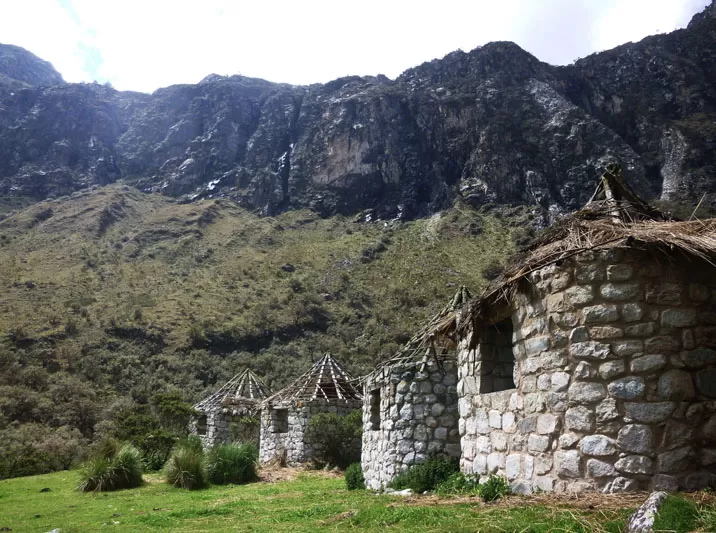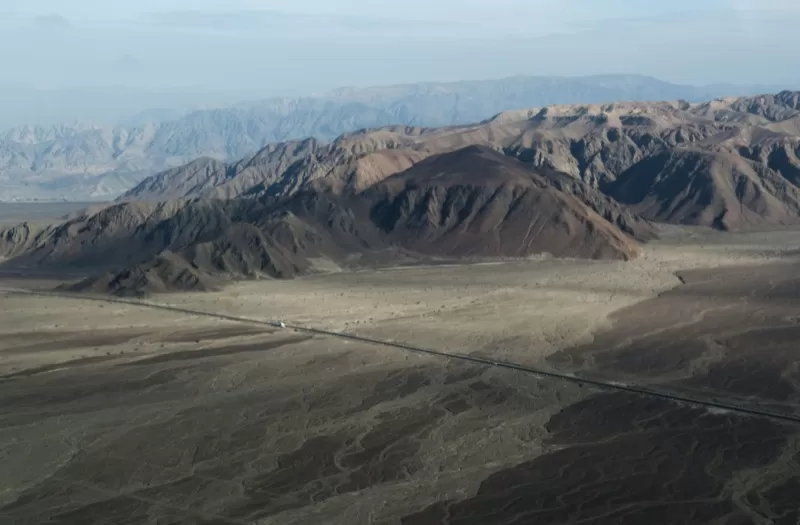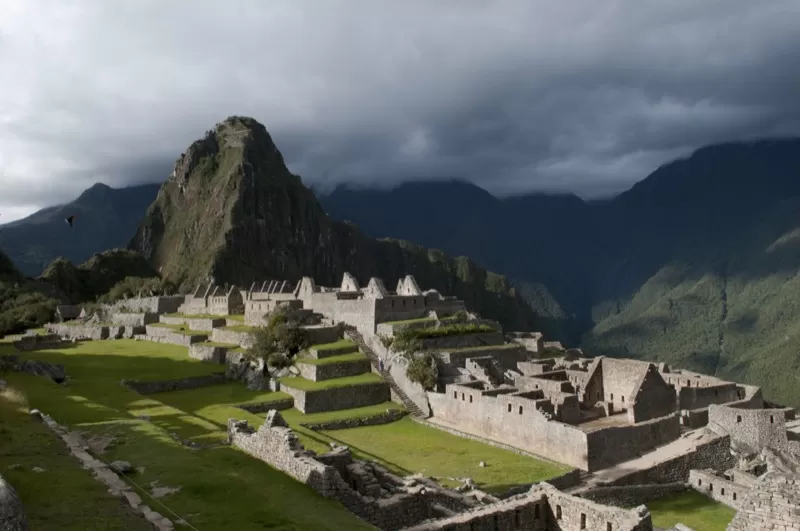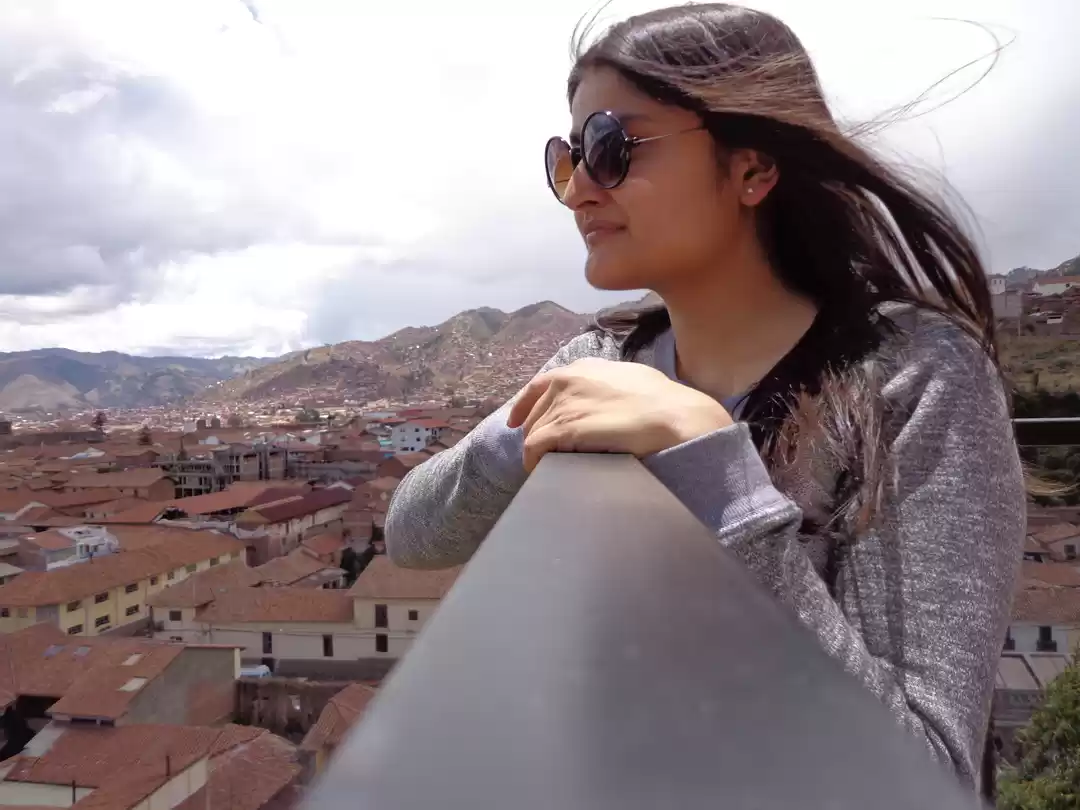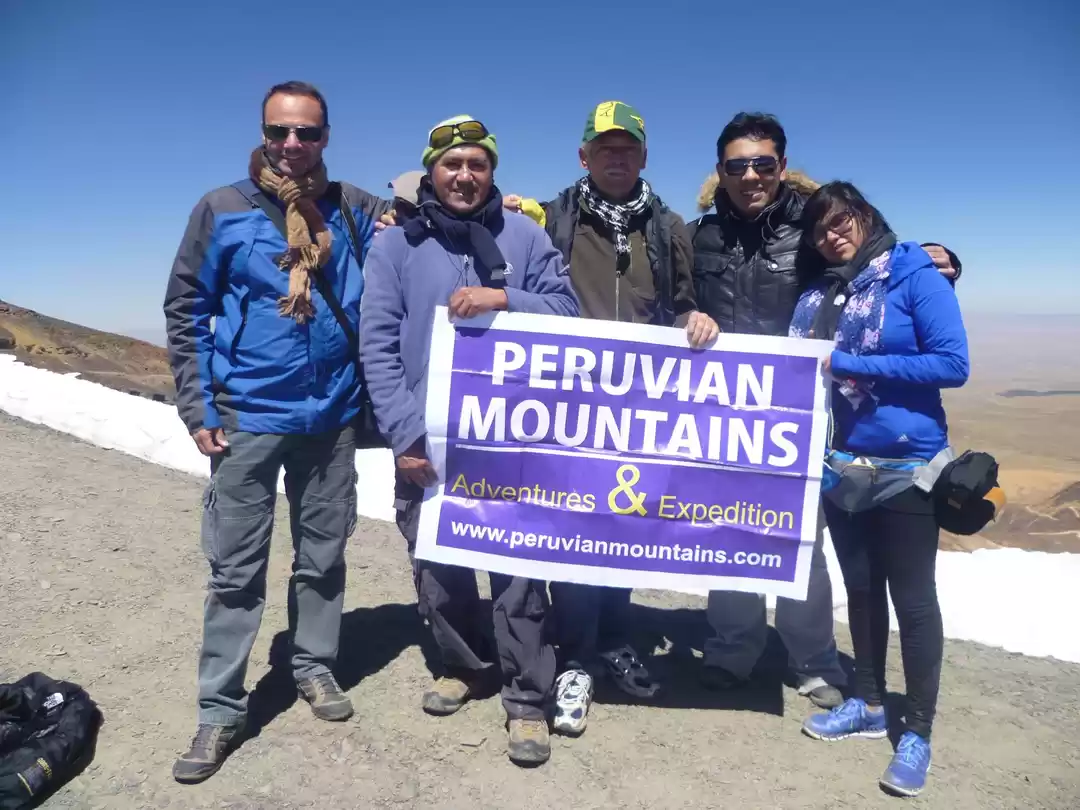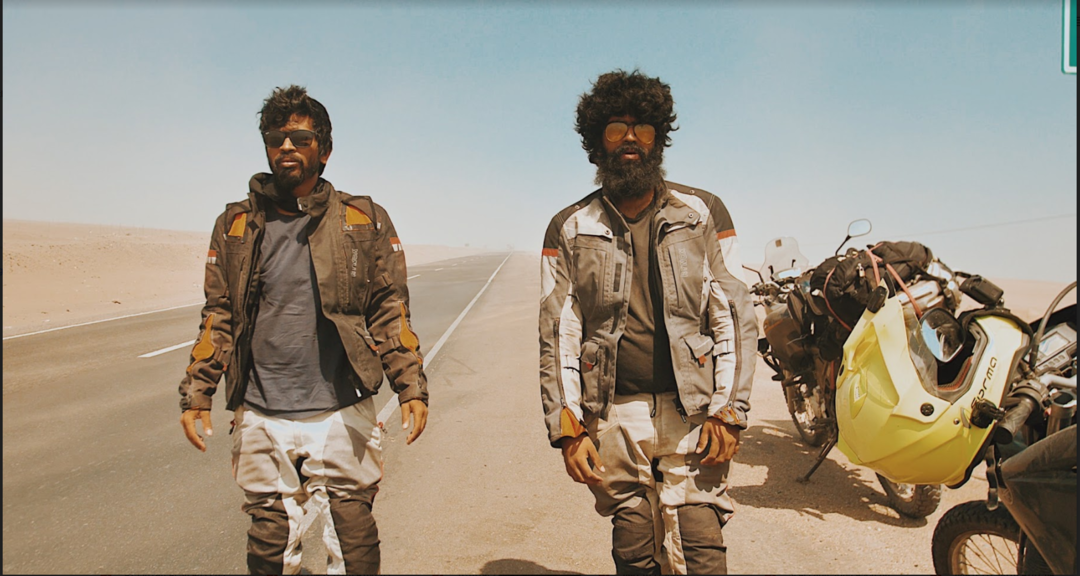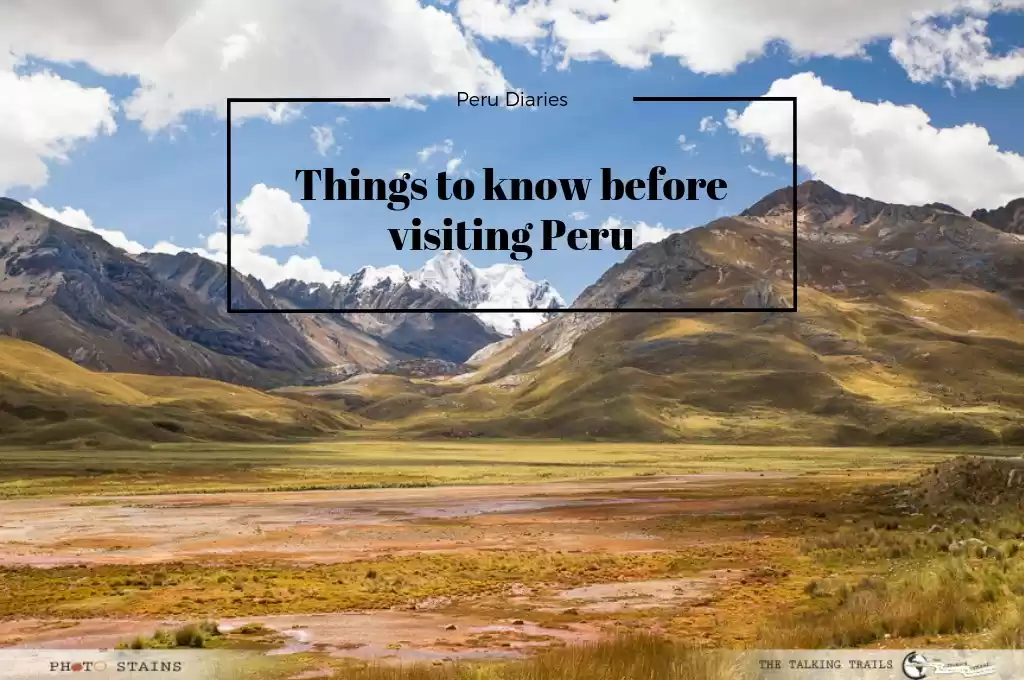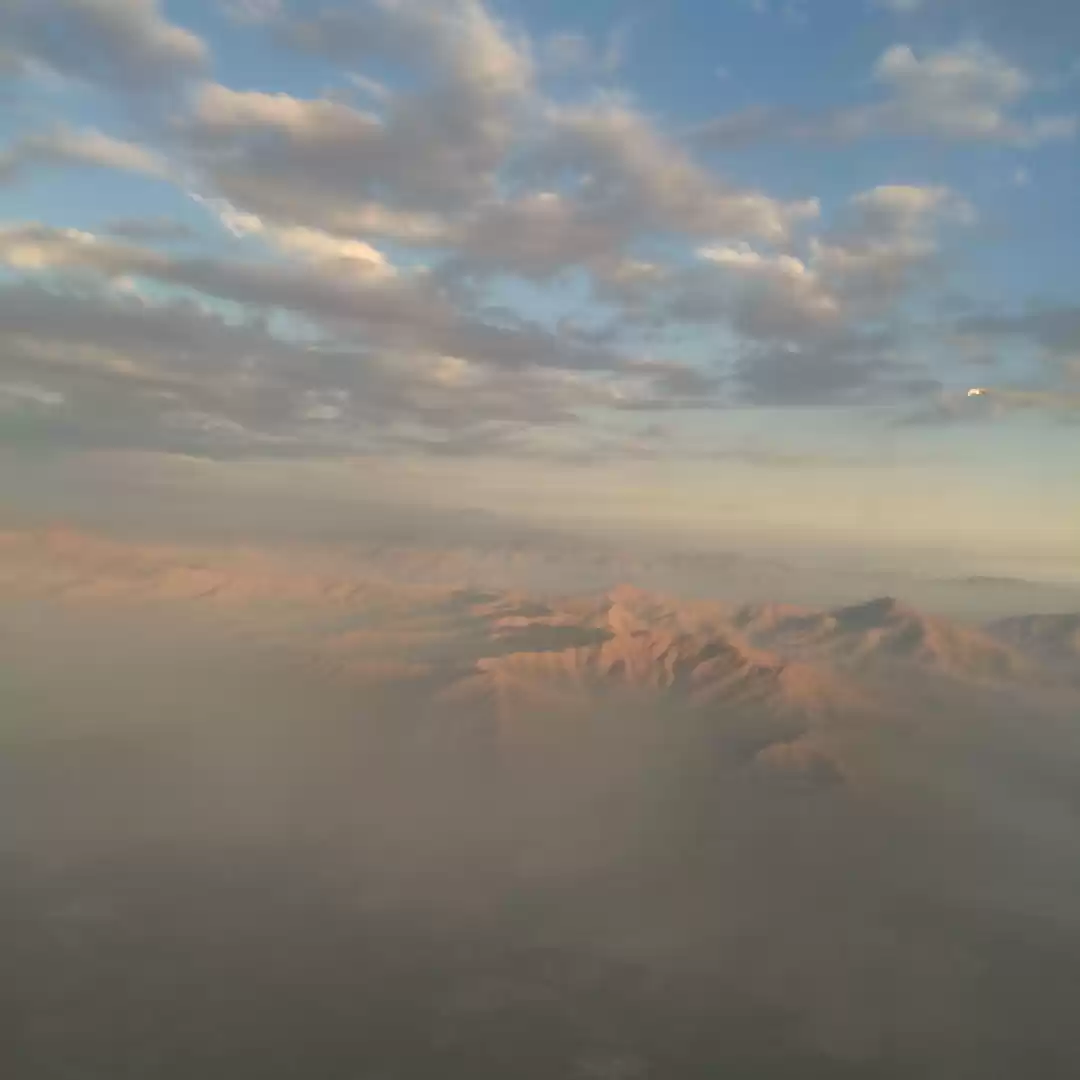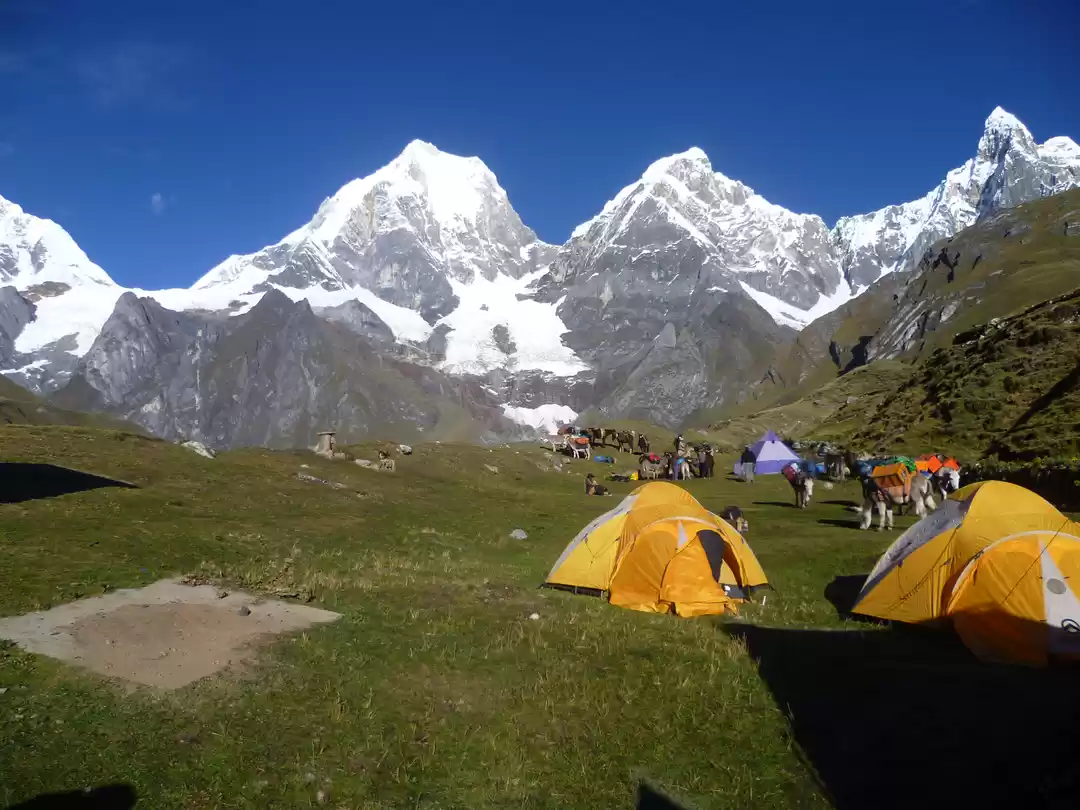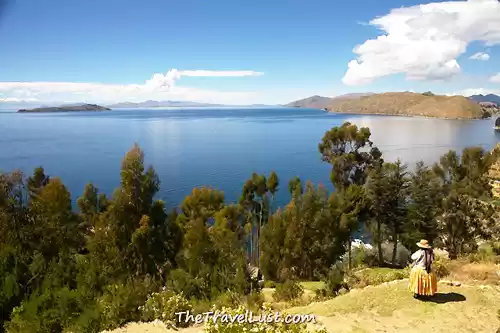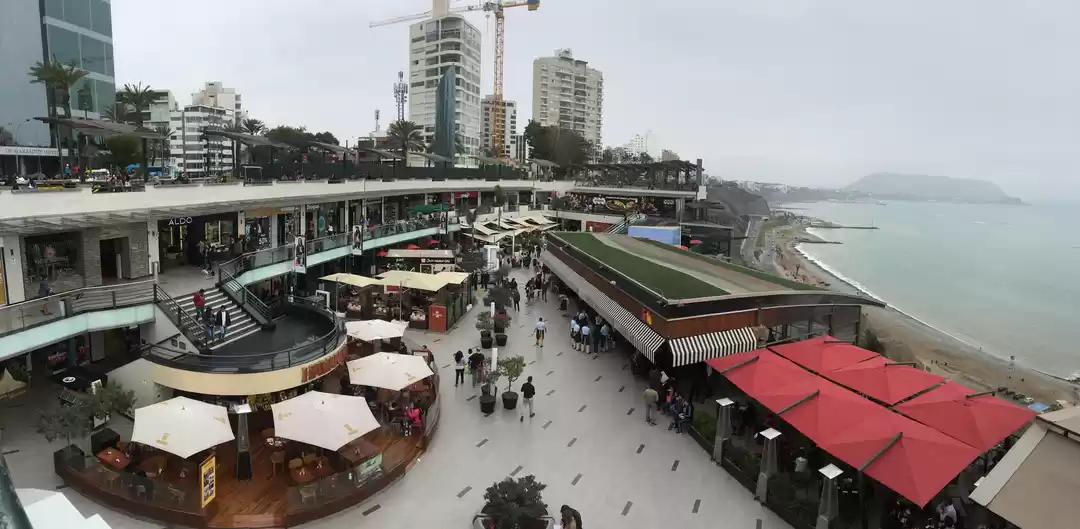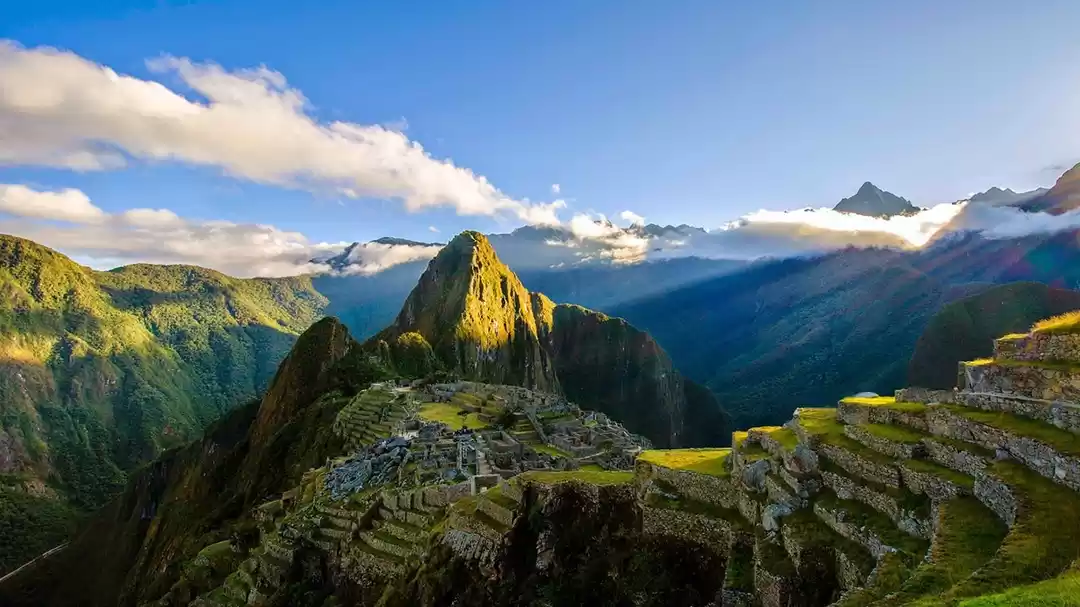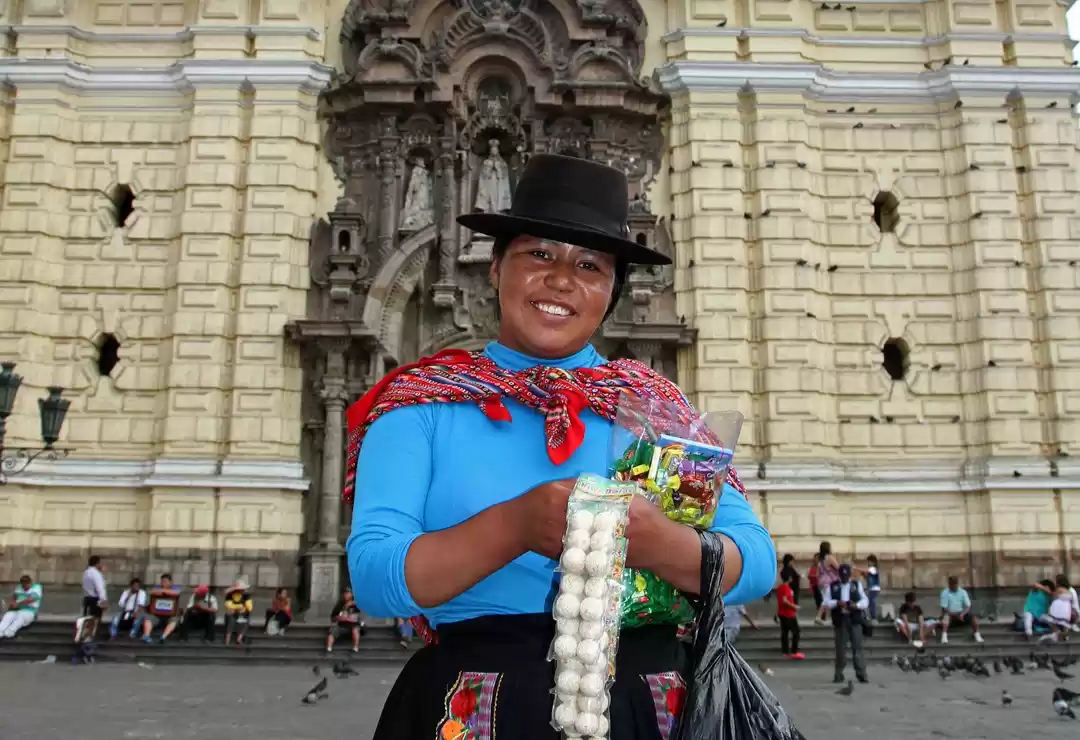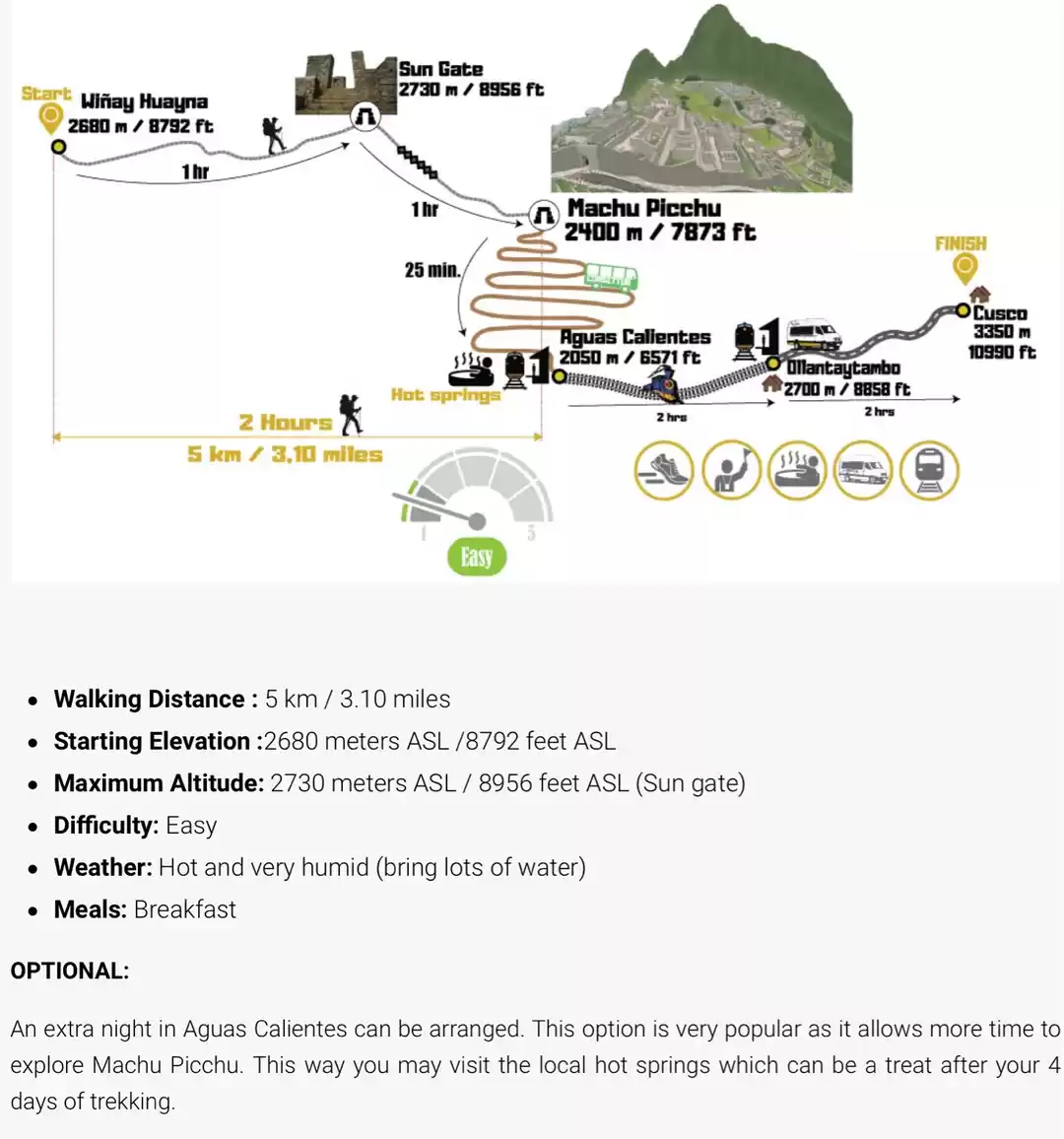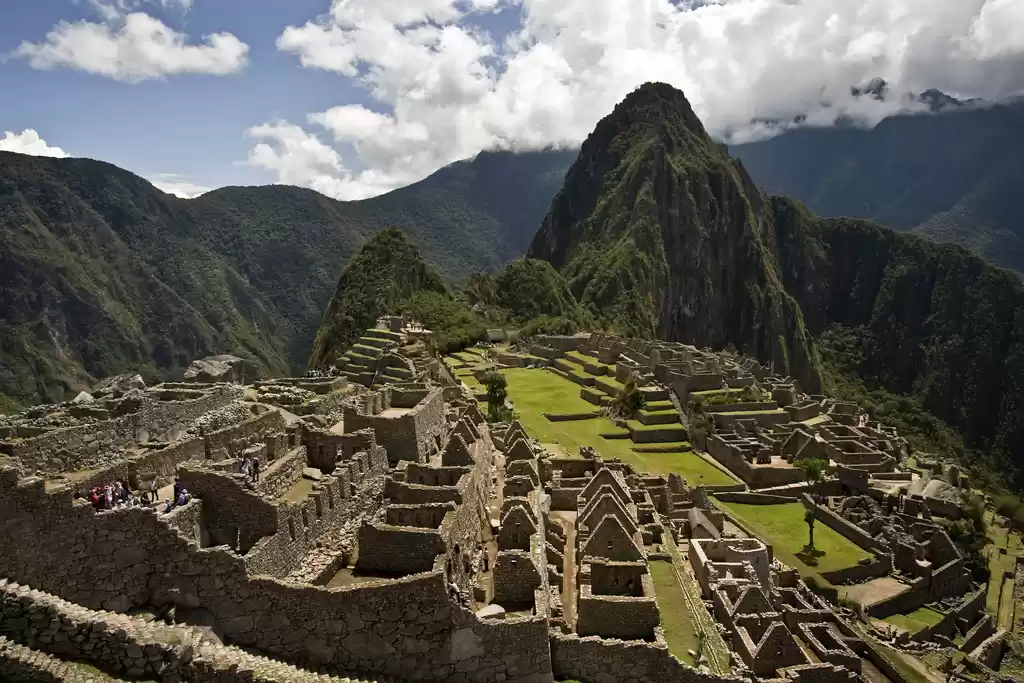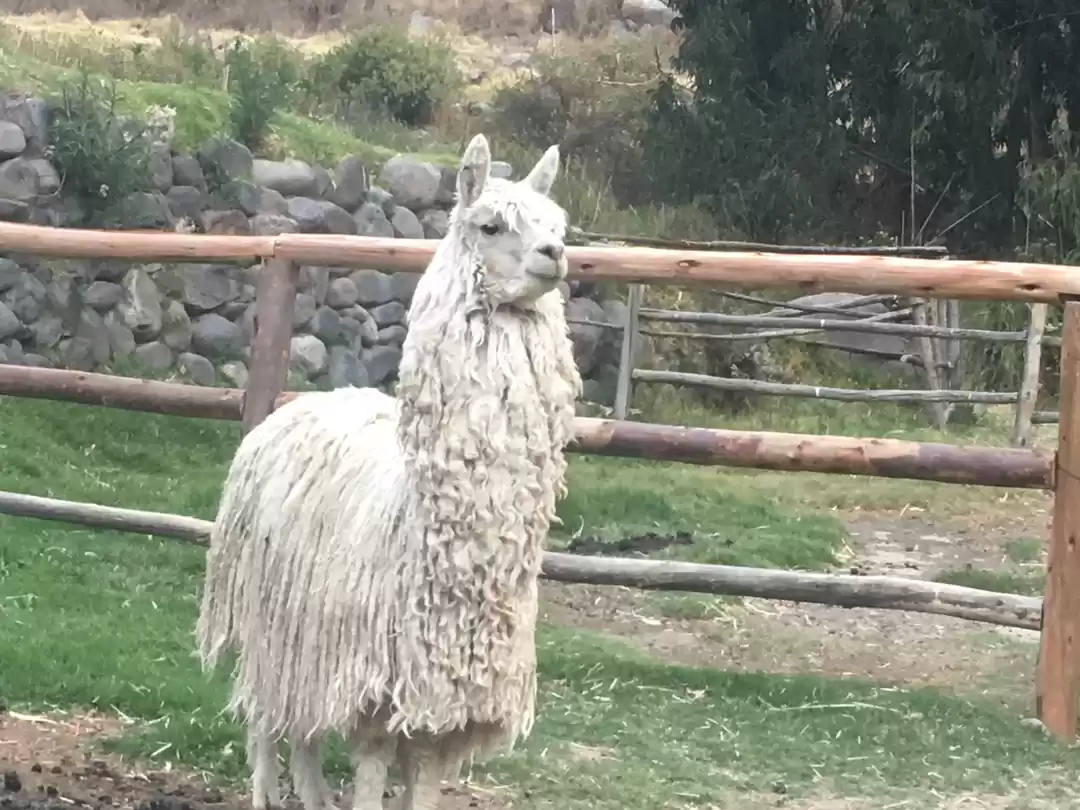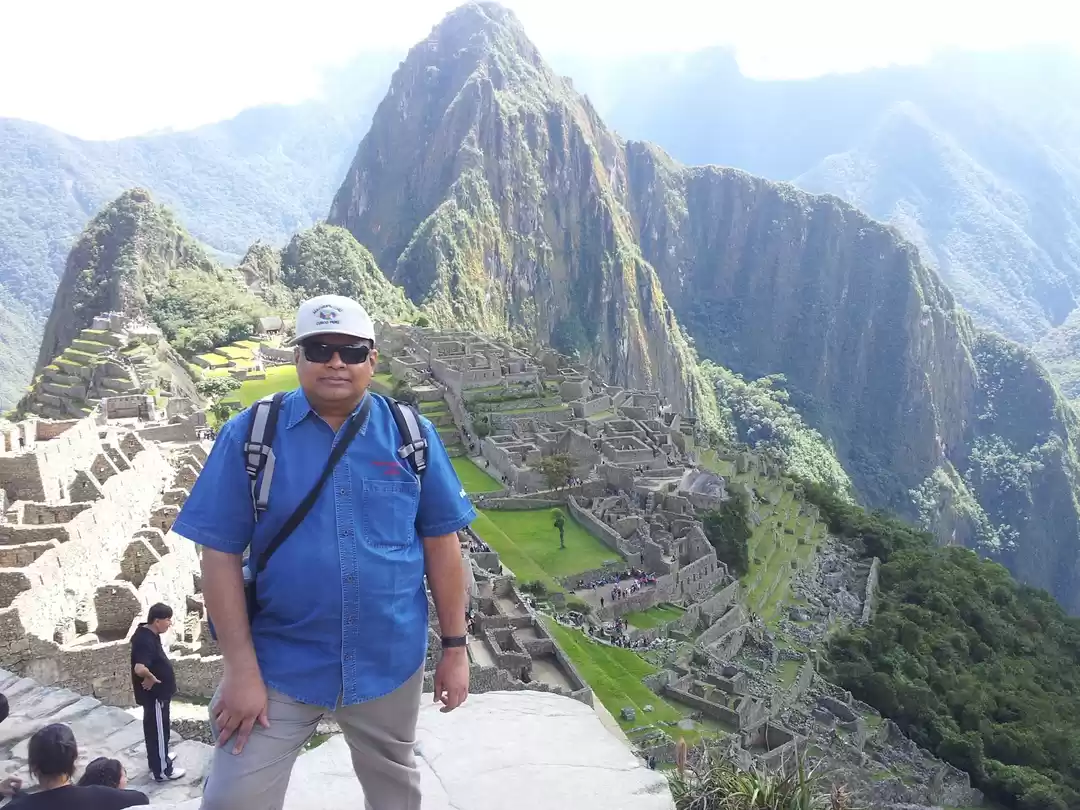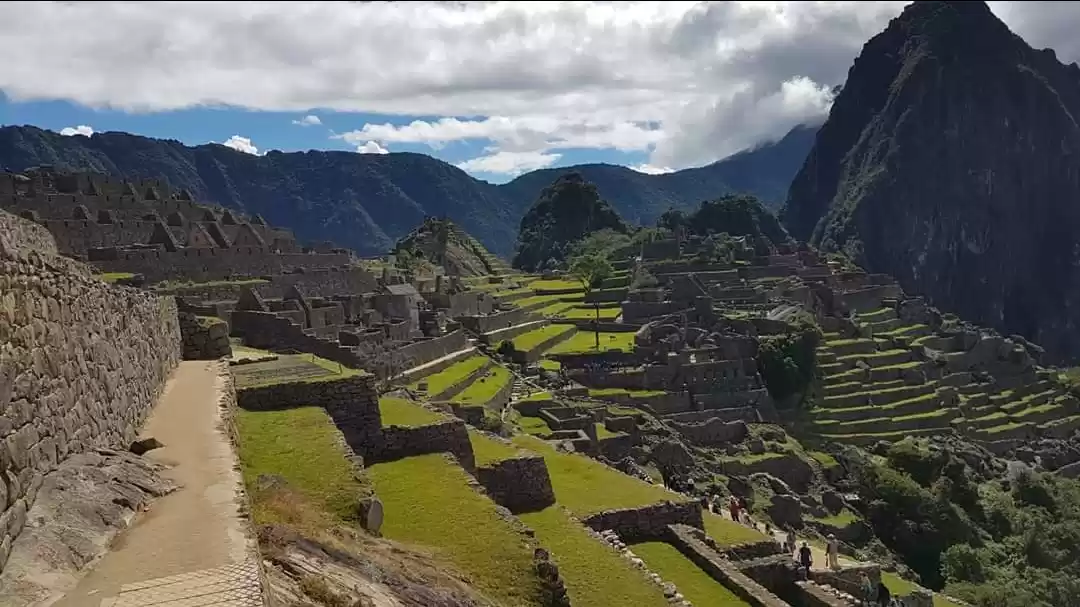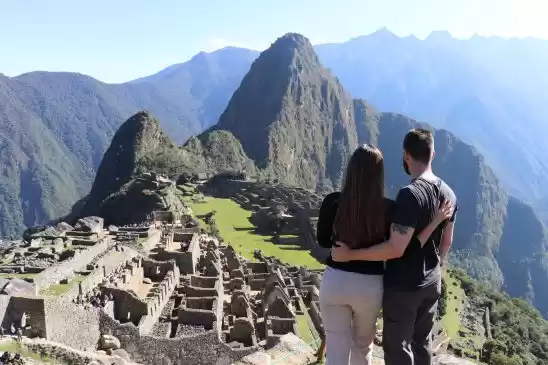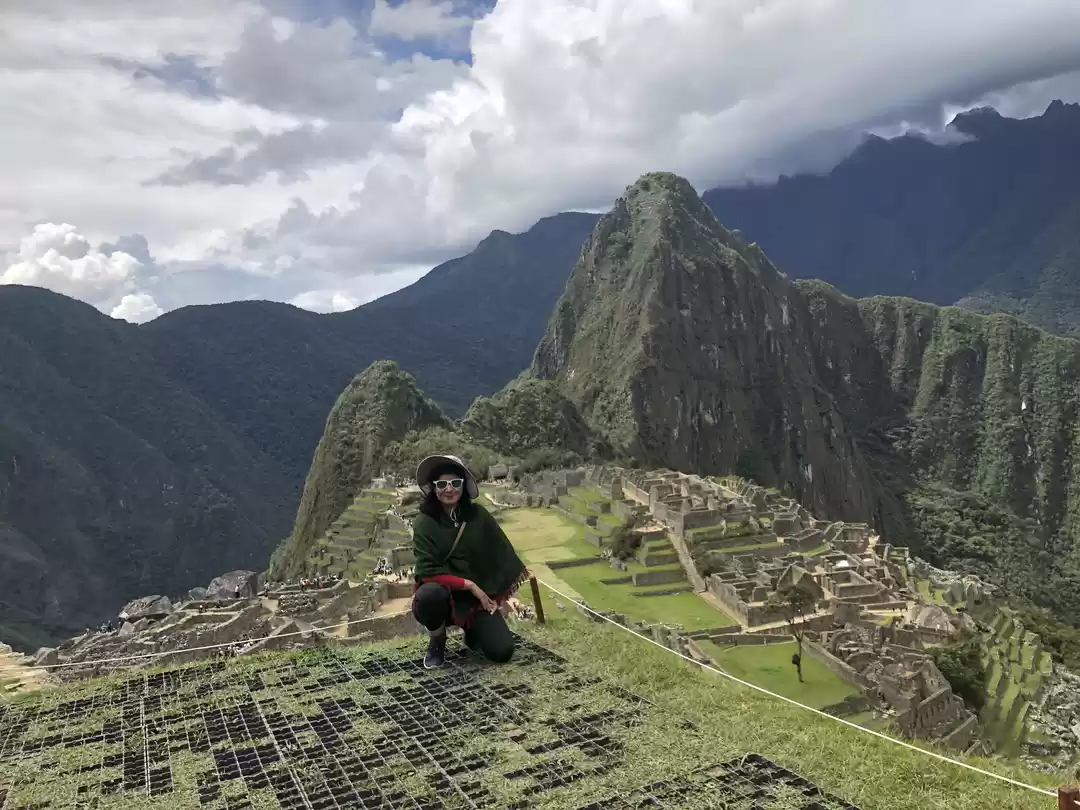Lima is one of those places in Peru where you will usually land because it is the starting point of your itinerary or a transit stop. It generally isn't a very recommended place by travelers. We used Lima to divide our journey to Peru into two parts. The town pleasantly surprised us despite expecting the worse. The industrial and financial center of Peru and one of the most important centers of Latin America, it has a population of around 8 million people. The most interesting parts of Lima are its small neighborhoods of Miraflores, San Isidro and Barranco, where you will find numerous restaurants and cafes. The Centro Historico has a rich number of historical buildings. It's not recommended to travel here at night as it is highly unsafe. This part of town is also where the huge park, El Parque De La Reserva, is located. It nowadays houses the Circuito Magico del Agua, containing many different fountains with stunning light-shows at night.
Most visitors to the Sacred Valley come here for the various Inca sites around. There are however also many pictoresque little villages. Pisac, around 33 kilometers from Cusco, is one of them. Besides visiting the Inca fortress of Intihuatana, the Sunday Market here is worth a visit for locals and tourists alike. It's quite colourful and a great way to interact with the locals, buy some souvenirs and get to drink some chicha. This famous South American drink can be alcoholic or non-alcoholic and the taste greatly varies depending on the fruits and vegetables used. In Cusco, chicha is mostly made out of corn. The best thing is to get some home-made chicha. The places where they offer this, are recognized by a pole with a plastic bag hanging outside the house.
Travelling through the mountainous regions of Peru and Bolivia is no joke. When you are confronted with the height, you need to question yourself if you're physically able to do it or not. If you do manage to get to the Cordillera Blanca in Peru, the stunning views will surely make you forget the pain of getting up there. There are a lot of one day treks here and we chose the one that took us to turquoise coloured Laguna 69. While hiking to the lake our eyes were constantly treated with beautiful views of snow-capped mountains, wild meadows, little streams and waterfalls.
Within an hour after booking our flight over the Nazca lines we already boarded a little cessna to fly over the desert and spot the mysterious figures referred to as the Nazca Lines. The lines depict among others a monkey, a whale, hummingbirds, a human figure and a spider. Ever since their discovery a lot of speculations and theories have been developed regarding their creation and the reason for their existence. Some scholars believe that they have been created around 400-650 A D and that due to the dry climate and the isolation of the place, the lines have been preserved till today. From religious significance to irrigation schemes to giant maps, everything has been proposed but not much is proved to be true. Everything said, they make an impressive sight.
Twice as deep as the Grand canyon, the Colca valley is the deepest canyon in the world. This lush green valley is still inhabited by the descendants of Pre-Inca cultures. They continue to follow their ancient traditions while cultivating the lands in the region. The local culture is very vibrant, with women dressing up in clothes full of beautiful embroidery. Another attraction here is the Andean Condor, which is often found flying above the canyon on clear days. An impressive sight.
We couldn't have missed the highest navigable lake in the world and one of the most popular tourist attractions in Peru, could we? We went to several islands in the lake, among which Taquile, Amantani and the floating islands group together called Isla De Los Uros. Isla De Los Uros is inhabited by the Uros tribe and are a great place for some cultural experience. It is quite popular amongst tourists. We stayed with a local family on Amantani to learn more about the daily lives of the locals. The women do most of the labour work here as most men work on the mainland.
Coming down from the Peruvian Andes to this lovely oasis village in the midst of the desert was a true relief after the heights of the highlands. The sand dunes around this oasis are quite a marvelous sight. When the sun goes down the whole village goes up on them to enjoy the sunset.
One of the seven wonders of the world, Machu Picchu is not only interesting because of its location, but also because of its history. A sacred place for the Inca's during the 15th century, it survived the Spanish invasion only to be discovered in 1911. There are many theories around this place too, most of which haven't been proven. Machu Picchu is easily the most visited site in Peru, around 1 million people visited Machu Picchu in 2011. No wonder Aguas Calientes at the foot of the hill thrives on the tourism industry. A two hour hike up on the mountains should take you away from the crowds that center around the Machu Pichu ruins. We got an amazing bird eye's view from one of the mountains after climbing up.
